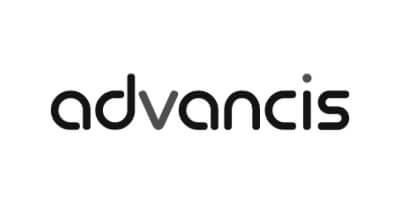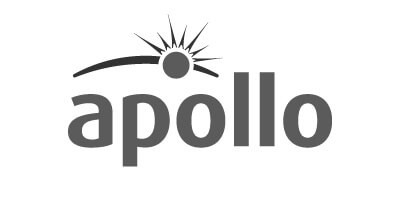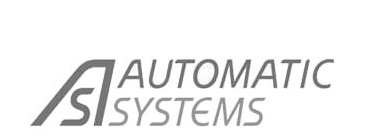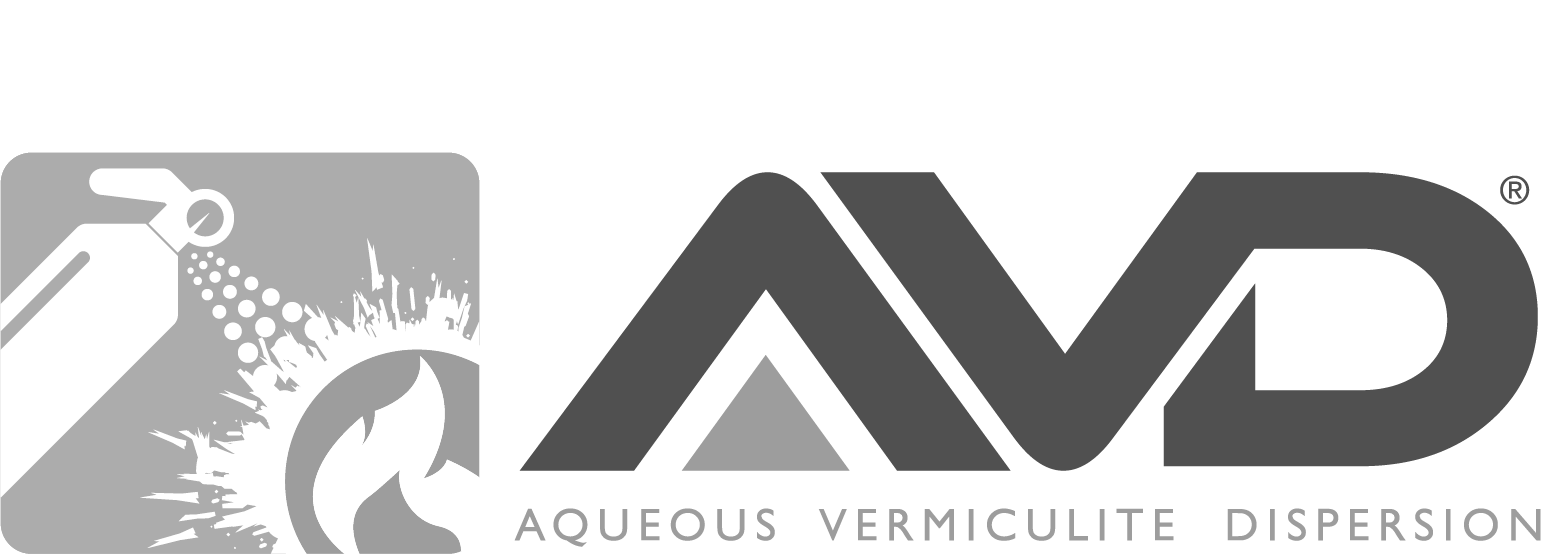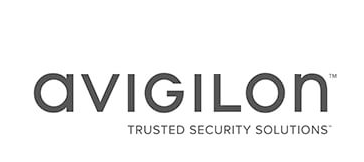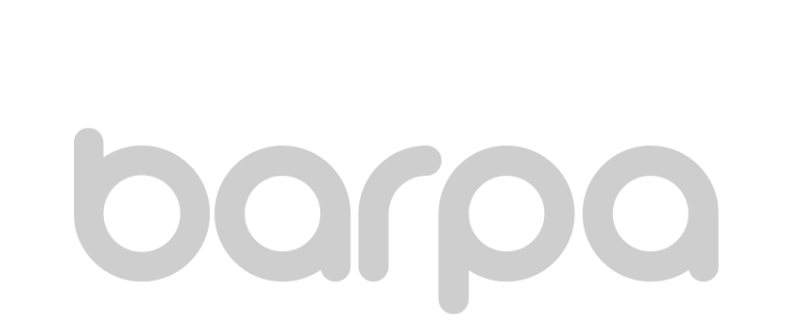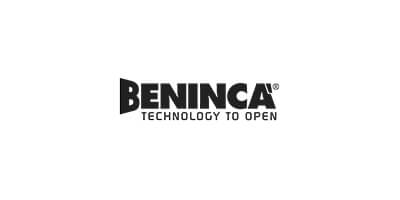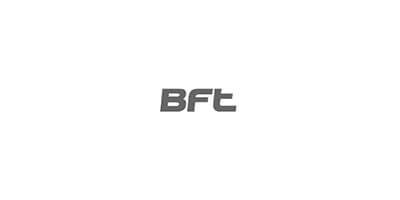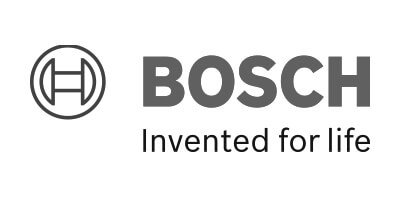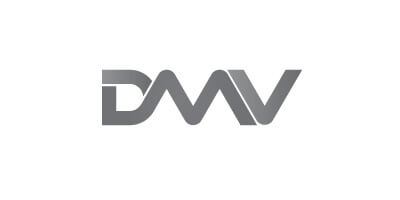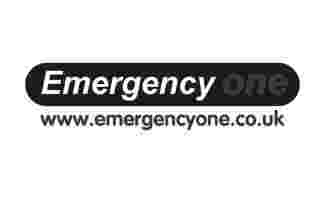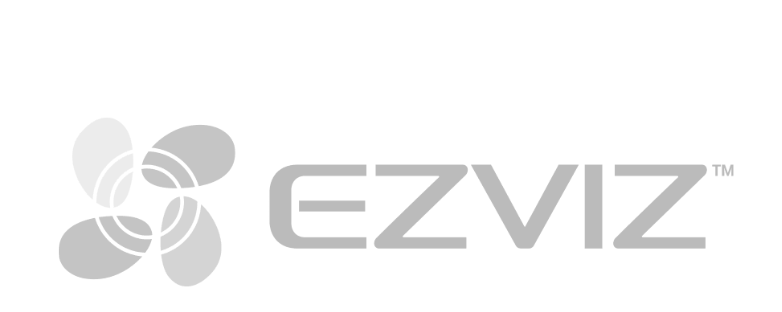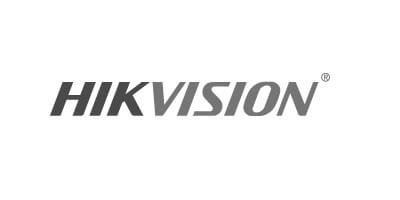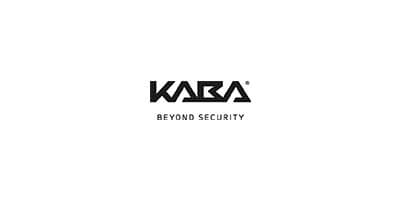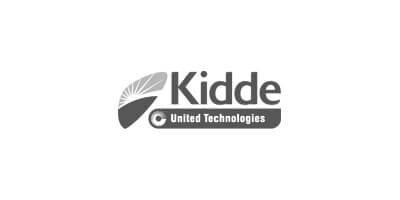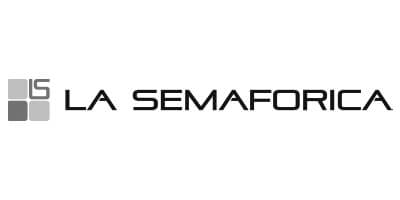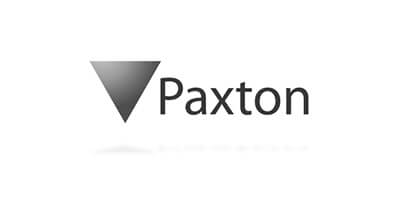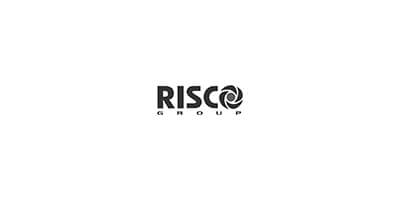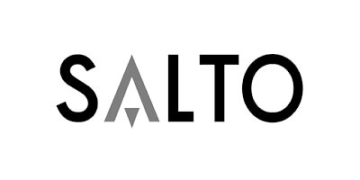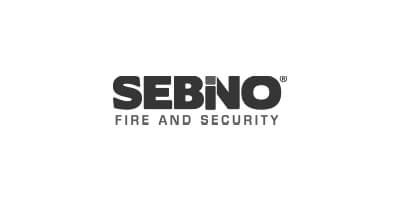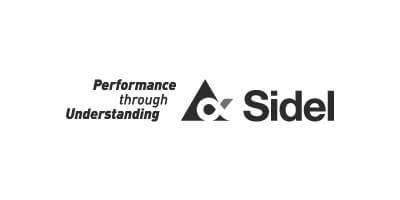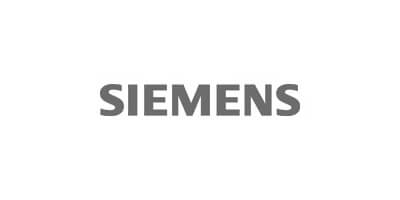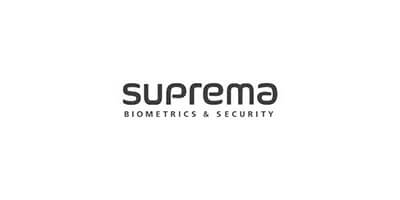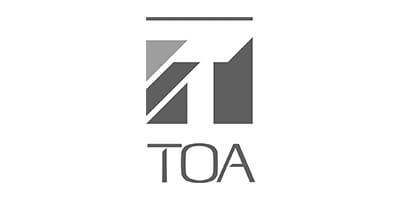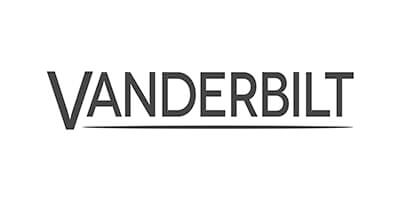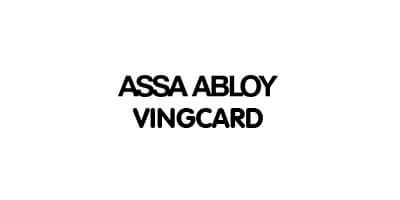Improving fire safety in the construction process is a multifaceted challenge that demands a comprehensive approach. There isn’t a single, one-size-fits-all solution to this complex issue. However, one method that has garnered international recognition for its effectiveness in enhancing both the quality and compliance of fire safety measures is independent Third Party Certification.
The construction process involves a myriad of professionals, each with their own set of objectives and priorities. Architects focus on aesthetics and functionality, engineers concentrate on structural integrity and system efficiency, insurers are concerned with risk mitigation, and clients often prioritize budget and timeline considerations. Despite these varying perspectives, one critical aspect that must unify all stakeholders is the commitment to fire protection and safety. Ensuring that a building is equipped with robust fire safety systems should be a non-negotiable priority, transcending individual goals to safeguard lives and property.
This is where Third Party Certification plays a pivotal role. By providing an independent assessment of fire protection systems, it offers an additional layer of scrutiny that goes beyond standard regulatory compliance. When a fire protection system undergoes Third Party Certification, it is thoroughly evaluated against rigorous standards set by authoritative bodies. This process helps ensure that the system not only meets but often exceeds the minimum requirements for fire safety. The value of this certification is immense; it serves as a critical reassurance to all parties involved in the construction process—architects, engineers, contractors, insurers, and clients alike.
For professionals consulting on a construction project, Third Party Certification of fire safety systems offers peace of mind. It signals that the products or services in question have been subjected to a stringent evaluation process, which significantly reduces the risk of fire-related incidents due to faulty or inadequate systems. This certification also acts as a form of risk management for all stakeholders. By relying on certified systems, they can mitigate potential liabilities and demonstrate due diligence in their commitment to fire safety.
Clients, who ultimately bear the responsibility for the building once it is completed, also benefit from Third Party Certification. In the absence of stringent regulatory frameworks or enforcement mechanisms, voluntary adherence to certification standards can serve as a critical differentiator in the marketplace. Clients can make informed decisions by choosing certified products and services, knowing that they are investing in systems that are proven to be fit for purpose. This not only protects their investment but also ensures the safety and well-being of the building’s occupants.
Moreover, Third Party Certification provides a structured pathway for continuous improvement. Companies seeking or renewing their certification must undergo a rigorous process that typically includes regular audits, performance testing, and compliance checks. This process encourages manufacturers and service providers to maintain high standards and continually enhance the quality of their offerings. In a rapidly evolving field like fire safety, where technological advancements and new threats constantly emerge, this commitment to ongoing improvement is crucial.
The importance of Third Party Certification becomes even more pronounced in the context of the global construction industry, where regulatory landscapes vary widely. In some regions, fire safety regulations may be well-established and strictly enforced, while in others, they may be less comprehensive or inconsistently applied. In such cases, Third Party Certification can fill the gaps, offering a reliable benchmark for safety and quality regardless of local regulatory conditions.
In conclusion, while there may not be a single solution to improving fire safety in the construction process, Third Party Certification stands out as a highly effective tool. It aligns the diverse priorities of different stakeholders around the common goal of ensuring fire safety, offers peace of mind through rigorous evaluation processes, and serves as a valuable differentiator in the marketplace. For companies and clients alike, it represents a commitment to quality, safety, and continuous improvement in the critical area of fire protection. As the construction industry continues to evolve, the role of independent Third Party Certification in safeguarding lives and property will undoubtedly remain indispensable.





